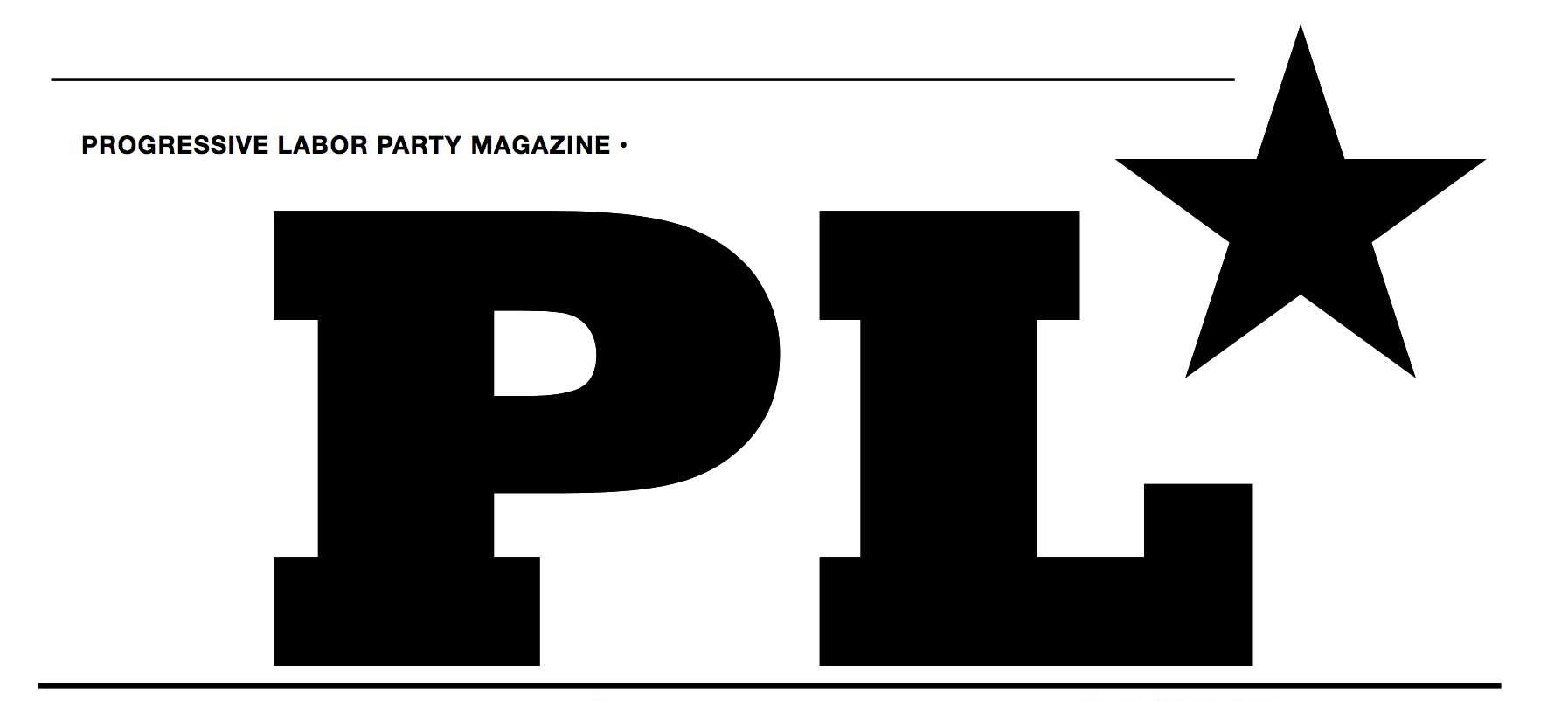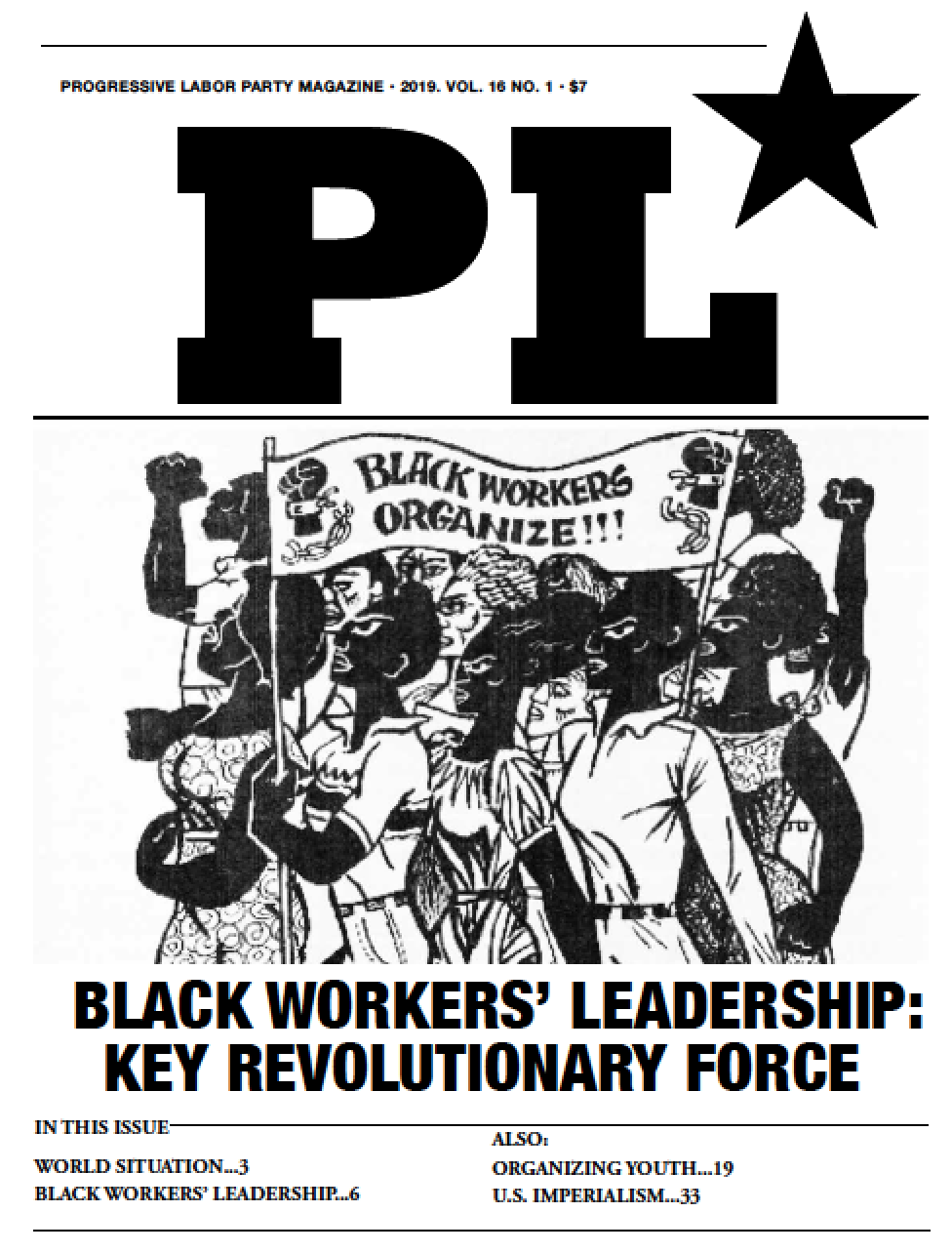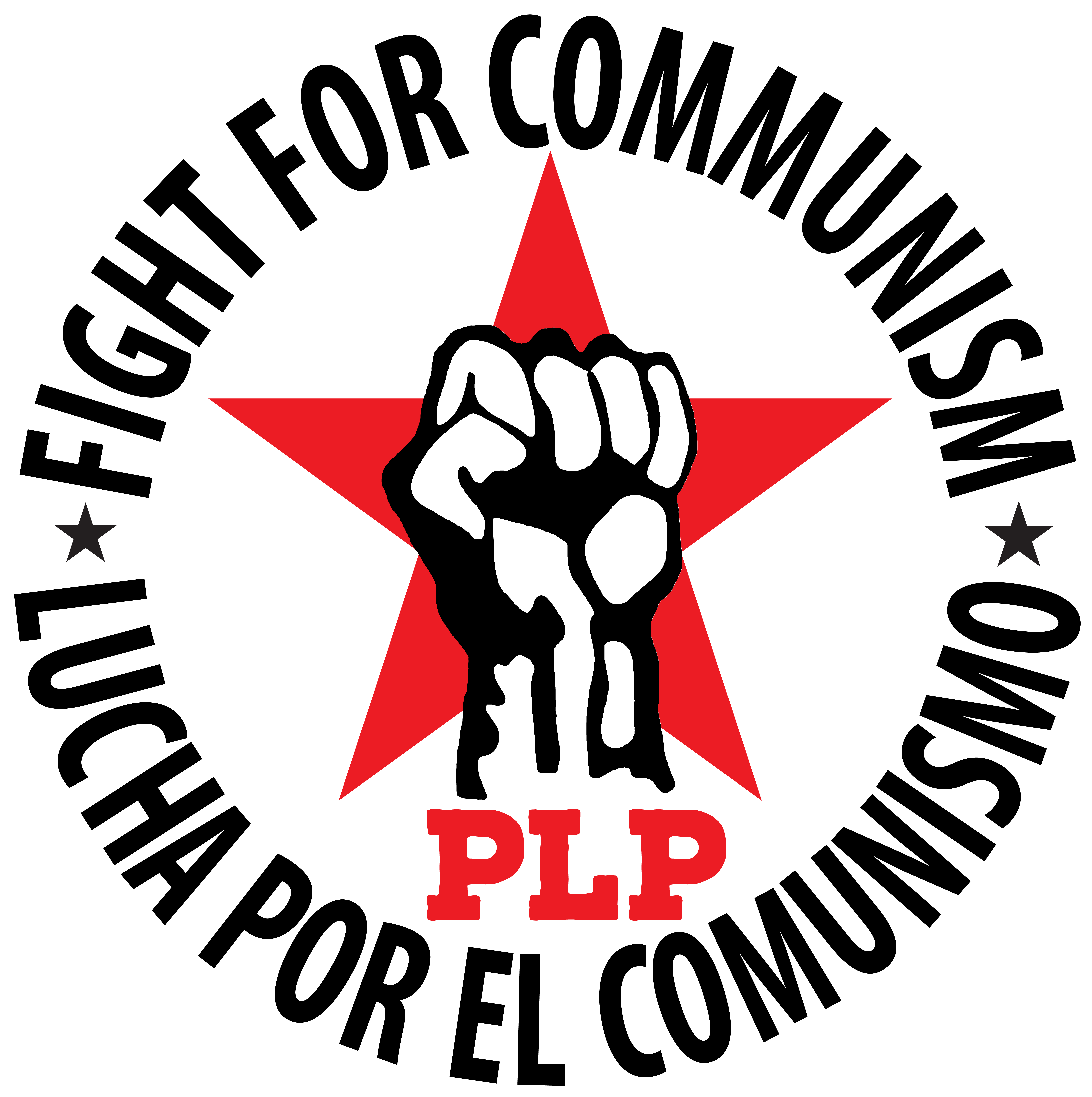Bolshevik Revolution Centennial Series: New Economic Policy, A Retreat from Communism
 Friday, December 8, 2017 at 12:48PM
Friday, December 8, 2017 at 12:48PM This is the part of an extensive series about the Bolshevik Revolution and the triumphs, as well as the defeats, of the world communist movement of the 20th century. We welcome your comments and criticisms, and encourage all readers to discuss this period of history with their friends, classmates, co-workers, family, and comrades.
In 1921, the workers in the former Russian Empire were faced with building the first workers’ state on a territory with the area of one-sixth of the earth’s surface. Much of the brand-new Soviet Union’s best farmlands and economy were shattered by the imperialist devastation of World War I; widespread peasant revolts rocked the countryside while urban populations were declining; and on top of this there was a famine affecting millions of workers and farmers. The leaders of the Communist Party (nicknamed Bolsheviks in Russian) included Vladimir Lenin, who had no blueprints or previous experiences to learn from.
Lenin proposed that the Bolsheviks temporarily adopt aspects of capitalism in order to create jobs and develop industry first, and build socialism later. After considerable debate, the Bolsheviks responded with the New Economic Policy (NEP) which lasted until 1928. The NEP allowed a limited restoration of capitalism that was meant to be under the control of the Soviet Union. Lenin and others felt while this was a retreat from socialism, it was necessary for survival of the revolution to rebuild after the devastating civil war that followed the 1917 Revolution.
How Was the NEP Set Up?
Workers went along with changes because they saw this as a temporary sacrifice to build socialism. They formed trade unions for the first time, and were managed by a single “red manager” who was skilled in new technology. Some were even previously factory owners. These managers became Party members making ten to twenty times what a worker was paid along with “perks” such as vacations and cars. Their skills included management of large scale operations that could take advantage of technology and generate profit. Technicians, engineers and other specialists played a large role, and were favored with higher wages as well.
Expansion of industry required foreign investment and trade from the very same capitalist nations who had previously invaded the Soviet Union after 1917 in order to crush it. Imports of machinery were essential to modernize. Unfortunately, this also meant that the peasants had to supply more grain to pay for these imports, and the Party could not pay them for this surplus.
During the NEP, poor peasants were left out of the progress. The party relied on the rich and middle peasants to guarantee enough food for the cities, as well as the surplus for trade with capitalists. Some rich peasants who controlled the flow of credit joined the Party, and did not share with the poor peasants. Meanwhile the industrial sector did not make simple and cheap tools for the poor farmers since they were not so profitable. Many poor peasants were driven off the land, and the Party’s efforts to be more responsive to them were not successful.
What Was the Outcome of the NEP?
Modernization of Soviet society moved quickly under the NEP. Banking and taxation systems were created, and a stable currency was achieved. By 1925-6 industry and agriculture had recovered. The government developed a budget process and first efforts were made at planning economic development.
Social programs, especially education and literacy, expanded. The Bolsheviks launched what was at the time the largest mass literacy campaign in human history, eclipsed by the communists in China years later. By 1928, school enrollment had jumped 50% above pre-war levels, and public libraries skyrocketed to 80 million, from the 9 million across the whole Russian Empire before World War I. Training of medical doctors led to the tripling of the number of doctors to 63,000, despite most older doctors fleeing the country during the war.
On the other hand, these advances came with a political price. The experience convinced many Party members that the NEP should continue despite the absence of socialist production in either the factories or the farms. Many new Party members who joined during this period and were less committed to communist principles, and this also influenced some of the older Bolsheviks. Thus, when agricultural production could not keep up with the rapid industrialization and the Party turned to collectivization of agriculture in 1929, there were serious disagreements that led to factions and conspiracies within the Party and the government.
The End of the NEP Era
All of this occurred in the infancy of the working class’ attempts to organize a proletarian communist revolution. Following the NEP, the Bolsheviks launched the First Five Year Plan, a drive for rapid farm collectivization and industrialization. A great deal of struggle and sacrifice was demanded, as catapulting a country into the front ranks of the most developed nations in the world within five years had never been attempted in human history. It was wildly successful, and this effectively put an end to the NEP.
The NEP did get production going again after the tremendous devastation of war, famine, and epidemic disease. In this sense, it was successful for a few crucial years.
However, the main problem was political. The NEP embraced the ideology of the same capitalist system the revolution was against – production for a market, inequality, wealth and poverty. Millions of workers were won to capitalist politics, not the communist politics the Bolsheviks had organized for years. Many rich peasants and some factory owners joined the Party because they benefitted under NEP. This harmed poor peasants and many workers, who for a time were alienated from the revolution.
Perhaps most serious, many Party leaders supported NEP and were afraid to abandon it. During the difficult years of the First Five Year Plan, from 1929-1933, some Party leaders were won to cynicism and defeatism, sure that these policies would fail. They were so sure than they formed secret factional, conspiratorial groups. Some of them plotted to kill the Bolshevik leader at the time, Stalin, and turn the Party’s policies back to NEP-style—capitalist—policies.
Ultimately, despite incredible advancements and the defeat of the Nazis in World War II, workers’ power in the Soviet Union was defeated by 1953. It was precisely because even the concessions to capitalism within full-fledged socialism - like the wage system, inequalities, and nationalism - were over the long term a one-way ticket back to full-fledged capitalism. These concessions opened the door to misleaders and traitors to communism like Nikita Khrushchev in the 1950s, who attacked Stalin under the guise of “returning to Lenin’s NEP” because he had decisively turned against capitalist-type policies.
With the benefit of a century of history, it’s tempting to say that the reversals of socialism were inevitable. Communist philosophy views history as a science, however, and it’s through learning from the past - not from random guesses, or rigidly following past formulas just because some great leaders said them - that the Progressive Labor Party, formed in the early 1960s, scientifically broke with socialism in the 1980s. Studying and learning from history is not the job of a few within the Party, it’s the job of everyone. Our fight for communism will depend on millions of workers understanding and applying the lessons of experiments like the NEP.





 Progressive Labor Party (PLP) fights to destroy capitalism and the dictatorship of the capitalist class. We organize workers, soldiers and youth into a revolutionary movement for communism.
Progressive Labor Party (PLP) fights to destroy capitalism and the dictatorship of the capitalist class. We organize workers, soldiers and youth into a revolutionary movement for communism.




Reader Comments